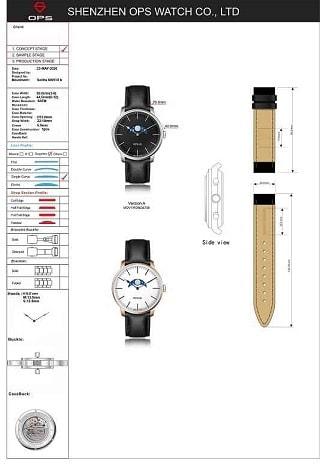Sponsored
SaaS Integration: Streamlining Your Business Operations

In today’s digital world, businesses rely heavily on various software applications to manage their operations. Software as a Service (SaaS) solutions have become essential for businesses of all sizes, offering everything from customer relationship management (CRM) to project management tools. However, with the increasing number of SaaS applications in use, integrating these tools has become crucial to ensure seamless workflows and data consistency.
What Is SaaS Integration?
SaaS integration refers to the process of connecting different SaaS applications to enable them to work together. This integration allows data to flow between applications, eliminating the need for manual data entry and reducing the risk of errors. By integrating your SaaS tools, you can create a unified system where all your software solutions communicate effectively, streamlining your business processes.
Benefits of SaaS Integration
Integrating your SaaS applications offers numerous advantages:
- Improved Efficiency: SaaS integration automates workflows by allowing applications to share data. This reduces the time spent on manual tasks and minimizes errors.
- Better Data Accuracy: With data flowing automatically between systems, there’s less chance of discrepancies, ensuring that your business decisions are based on accurate information.
- Enhanced Collaboration: When all your tools are integrated, your team can access consistent data across platforms, improving collaboration and communication.
- Cost Savings: By reducing the need for manual work and improving process efficiency, SaaS integration can lead to significant cost savings.
Common SaaS Integration Scenarios
Here are a few examples of how businesses use SaaS integration:
- CRM and Email Marketing: Integrating your CRM with your email marketing platform allows you to automatically sync contact information and track customer interactions, leading to more personalized marketing campaigns.
- Project Management and Time Tracking: By integrating project management tools with time-tracking software, you can easily monitor project progress and ensure that your team is working efficiently.
- Accounting and E-commerce: Connecting your e-commerce platform with your accounting software ensures that sales data is automatically transferred, simplifying financial reporting.
Challenges of SaaS Integration
While SaaS integration offers many benefits, it’s not without challenges:
- Data Security: Ensuring that data is securely transferred between applications is a top priority. Businesses must choose integration solutions that offer robust security measures.
- Compatibility Issues: Not all SaaS applications are designed to work together seamlessly. Compatibility issues can arise, requiring custom integration solutions.
- Maintenance and Updates: As SaaS providers update their applications, integrations may need to be adjusted to ensure continued compatibility and functionality.
Choosing the Right SaaS Integration Platform
When selecting a SaaS integration platform, consider the following factors:
- Ease of Use: Look for platforms with user-friendly interfaces that don’t require extensive technical knowledge.
- Scalability: Choose a solution that can grow with your business and accommodate additional applications as needed.
- Support and Documentation: Ensure that the platform offers reliable customer support and comprehensive documentation to help you troubleshoot any issues.
Conclusion: Unlock the Full Potential of Your SaaS Tools
SaaS integration is key to maximizing the efficiency and effectiveness of your business operations. By connecting your various software applications, you can create a more cohesive, streamlined workflow that enhances productivity, improves data accuracy, and reduces costs. As your business continues to adopt new SaaS solutions, investing in robust integration capabilities will be essential for maintaining a competitive edge.



